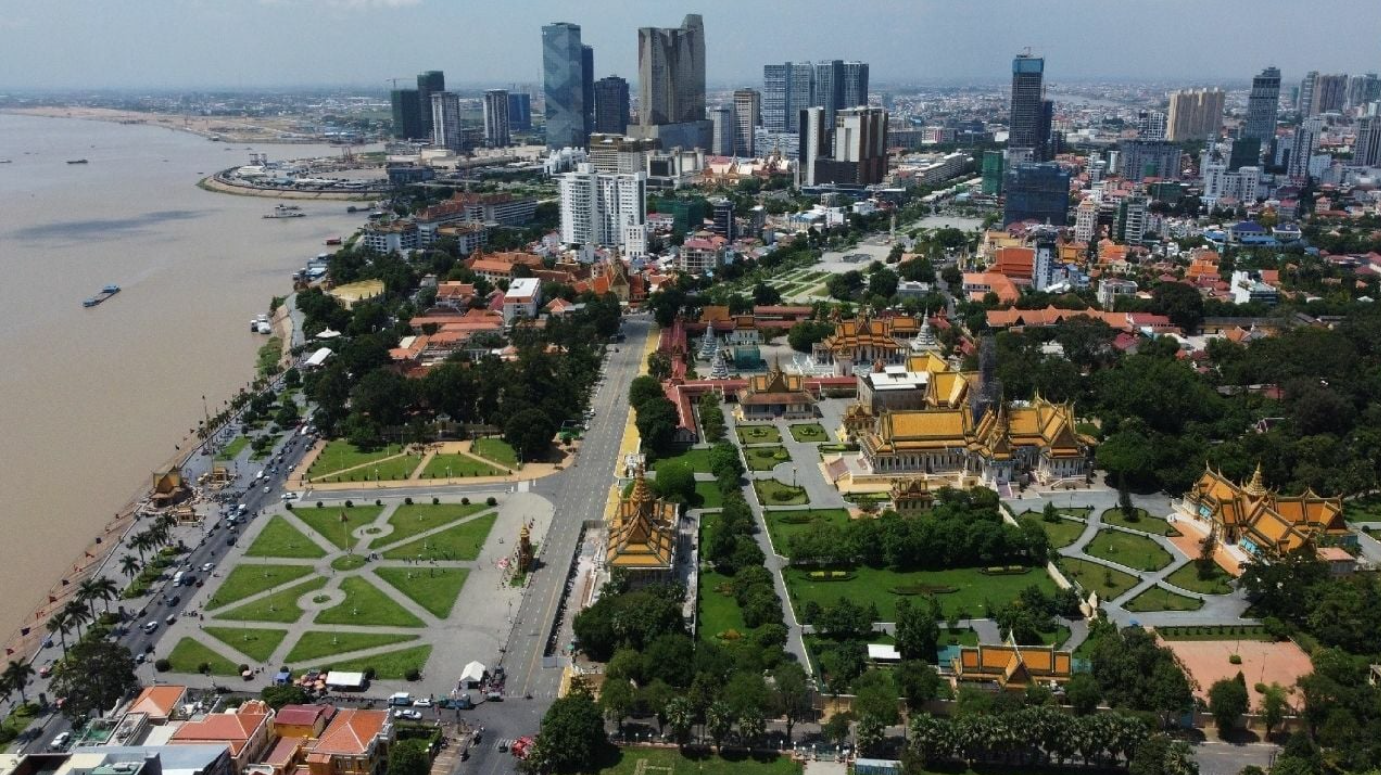Thailand has seen a steep 48% drop in Cambodian tourist arrivals following the closure of several border checkpoints. This sharp decline highlights how deeply intertwined tourism flows are with border operations – when movement is disrupted, visitor numbers plummet almost overnight.
The Border’s Role in Tourism
When border crossings close – even temporarily – it’s more than just red tape. For regional travelers from Cambodia, land routes are lifelines. Popular crossing points like Aranyaprathet–Poipet, Trat–Khlong Yai, and Chanthaburi serve as gateways for day-trippers, shoppers, families visiting relatives, and heritage seekers headed for Bangkok or Pattaya. Shutting these checkpoints means whole circuits collapse, turning a routine border run into a logistical nightmare.
The Immediate Dip—Why 48%?
Tourist data from May–June shows arrivals from Cambodia have nearly halved compared to before the closures. Here’s what’s happening:
-
Checkpoint Shutdowns: Key land crossings like Aranyaprathet, Chong Chom, and others saw closures starting in late May–early June as tensions flared along the Cambodia–Thailand border.
-
Security Concerns: Armed skirmishes were reported around Preah Vihear as of 28 May, raising alarms and prompting stricter border control.
-
Traveler Avoidance: Unsure when checkpoints will reopen or if more conflicts are brewing, Cambodians are choosing alternative plans over uncertain trips.
Ripple Effects Across Thailand’s Tourism Industry
| Impact Area | Details |
|---|---|
| Local Businesses | Border towns see dramatic drop in retail, food stalls, lodgings once frequented by day-trippers |
| Transport Sector | Bus, minivan, and boat operators are cancelling routes tied to these checkpoints |
| Wider Tourism Scene | Bangkok and other destinations typically boosted by Cambodian visitors are feeling the pinch |
A 48% fall in just weeks isn’t a coincidence—it’s a direct reaction to how checkpoints shape traveler behavior.
Underlying Tensions Behind the Closures
This isn’t just a travel glitch—it’s the backdrop of deeper diplomatic and security issues:
-
Border Skirmishes: The 28 May firefight resulted in the death of a Cambodian soldier, prompting both sides to reinforce their military presence.
-
Checkpoint Shutdowns: As of mid-June, at least several crossings were shut temporarily, and some points face indefinite closure depending on how tensions play out .
-
Diplomatic Fallout: Reports suggest Thailand even recalled its ambassador to Cambodia for reassessment, hinting at strained relations.
Beyond the Numbers—What This Really Means
-
Travel Uncertainty = Tourist Hesitancy: No one wants travel plans derailed at a closed gate. Fear of sudden closures makes Thai trips risky for Cambodians.
-
Economic Squeeze: Traders, restaurants, and stay-at-home guides along the route rely on cross-border guests. A drop that sharp can ruin local businesses within weeks.
-
Signal to Investors: Tourism accounts for around 12% of Thailand’s GDP. Sudden regional instability sends a red flag to investors evaluating long-term ventures .
What’s Next? Can Tourism Bounce Back?
Here’s what could tip the scales back positive:
-
Diplomacy and De-escalation
If Thailand and Cambodia manage to ease tensions, reopen crossings, and restore trust, visitor numbers could rebound soon. -
Checkpoint Reopenings
Reopening just a few major land-points would unlock travel again—and tourist patterns would likely bounce back quickly. -
Tourism Campaigns & Alternatives
Thailand might need to redirect tourism flows to other markets and emphasize domestic or non-border routes until stability is restored.
Conclusion
Closing border checkpoints between Cambodia and Thailand isn’t just a snapshot—it’s a magnifying glass showing just how fragile tourism flows can be. The near-50% drop in Cambodian tourist arrivals serves as a stark reminder: regional politics and border stability are travel’s silent foundations. Until crossings reopen and trust returns, local communities and businesses are bearing the brunt.
